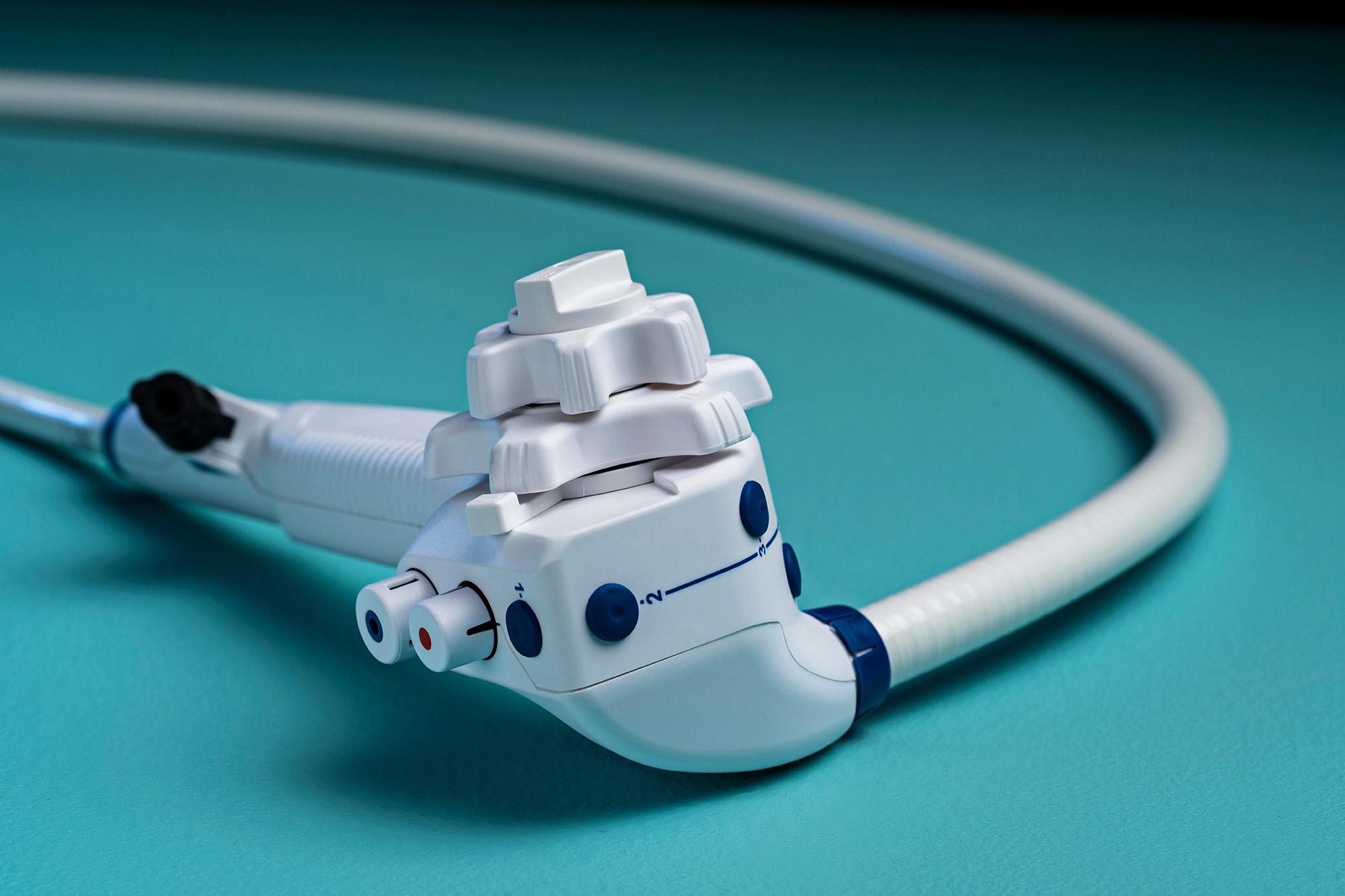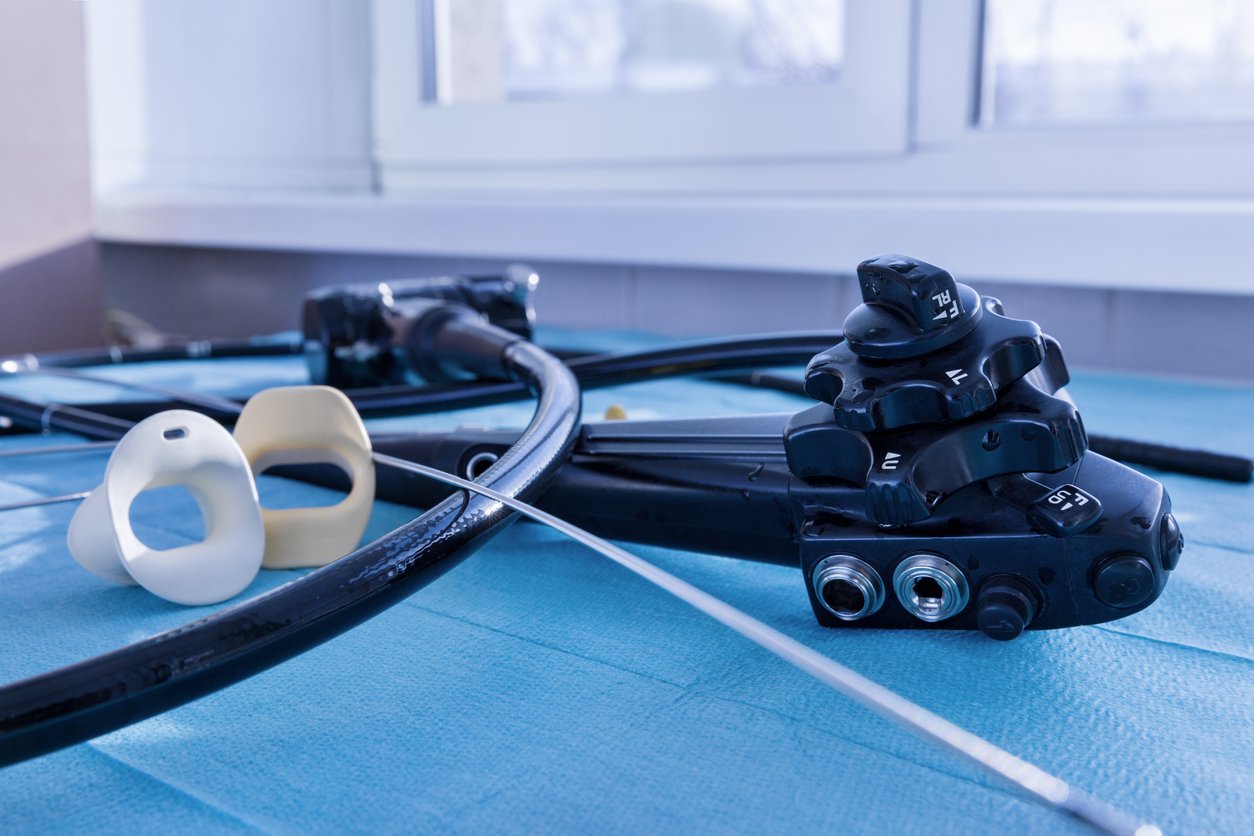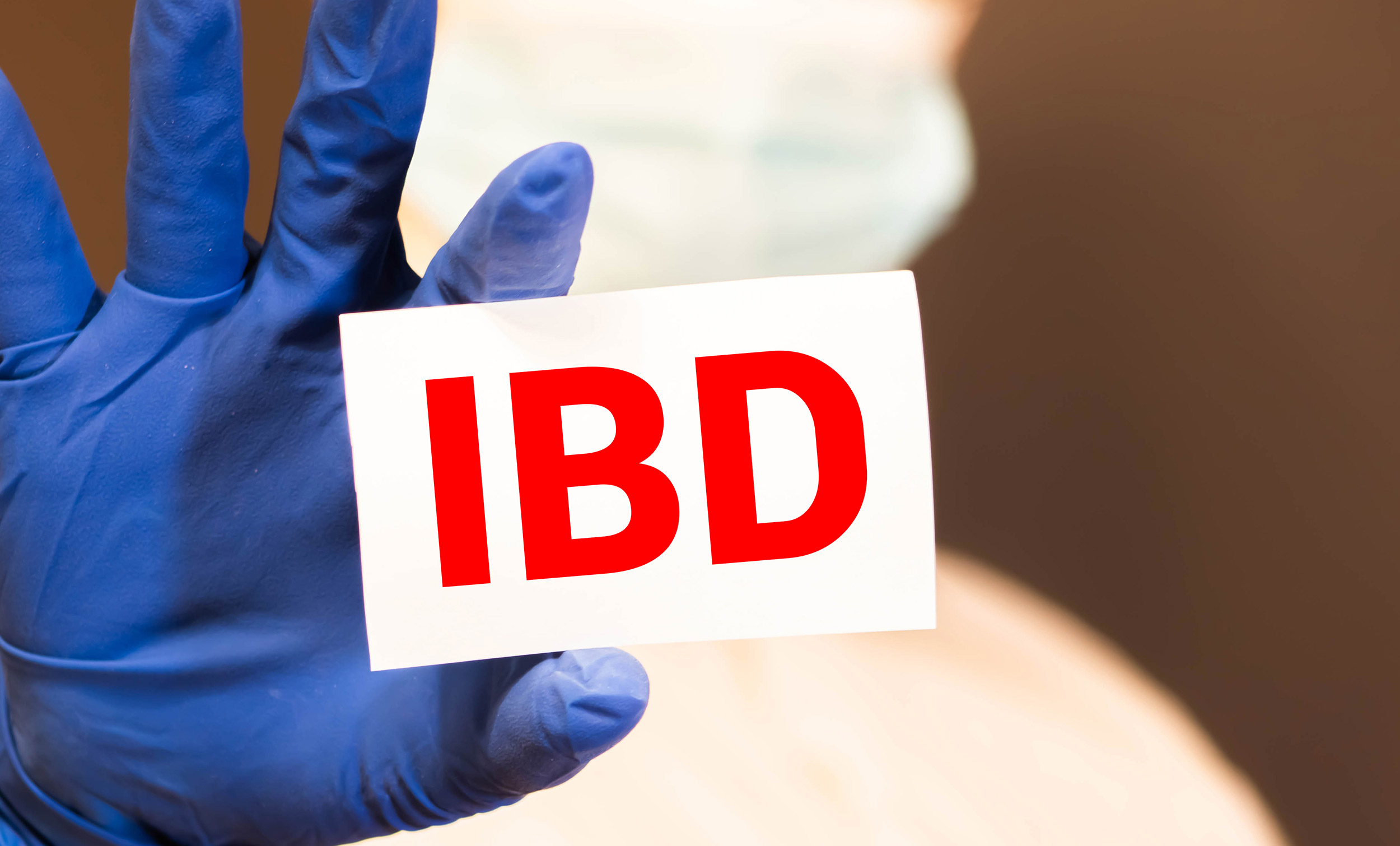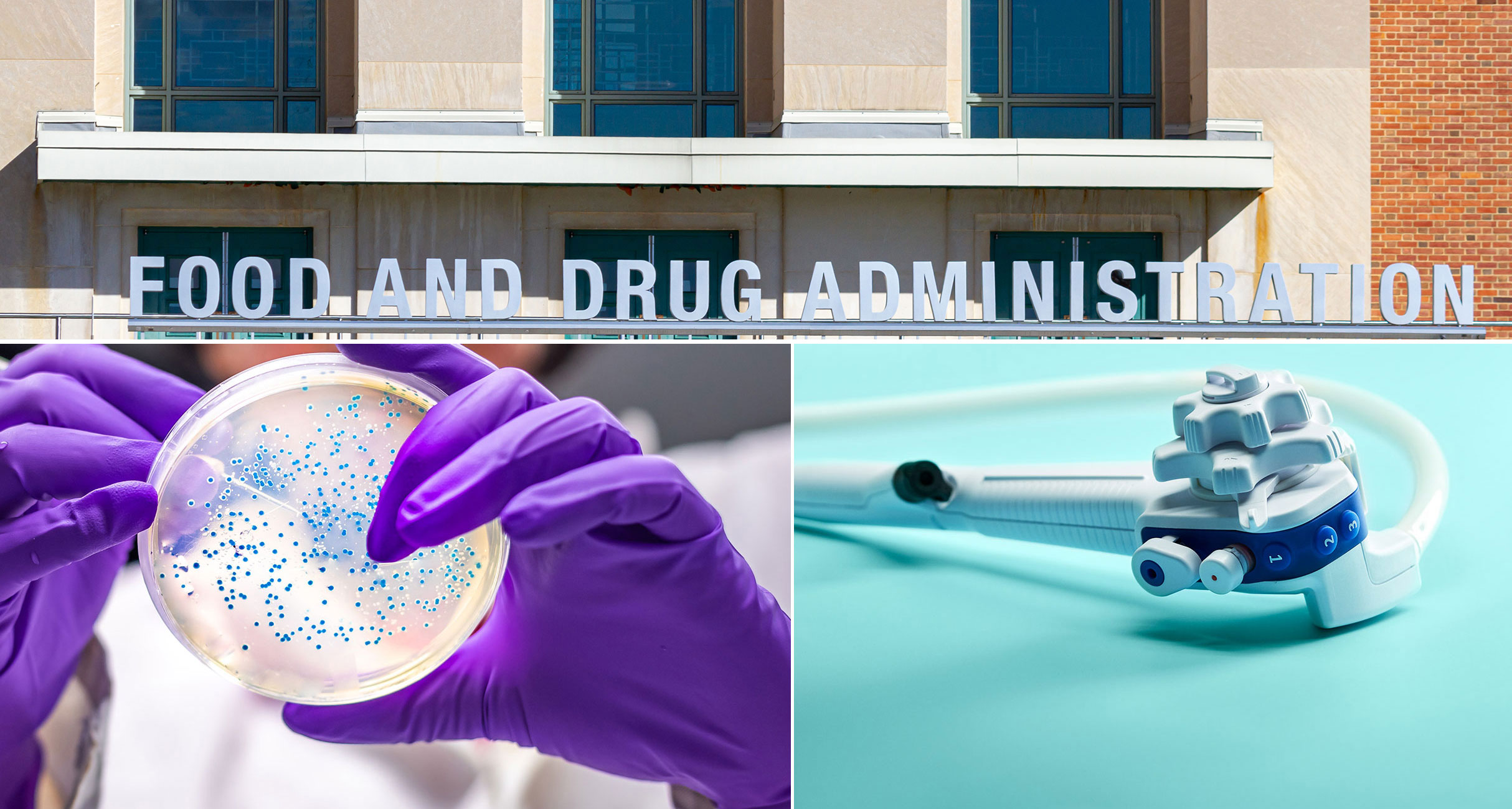More Gastroenterology Articles
What to Expect at Digestive Disease Week 2024
Gastrointestinal Endoscopy Applications
One of the premier gatherings of digestive disease professionals in the world will feature more than 400 educational sessions and more than 3,000 research abstracts.
How a Rock Star’s Bout with Pancreatitis Sparked Interest in Endoscopy
Gastrointestinal Endoscopy Procedure
Travis Barker, the drummer for the pop-punk band Blink-182, had a small polyp removed that resulted in damage to a critical pancreatic drainage tube.
Is the Duodenoscope-Associated Infection Rate Higher Than Previously Thought?
Patient Safety
Researchers in the Netherlands calculated a duodenoscope-associated infection risk significantly higher than the generally accepted range, based on reported infections between 2008 and 2018 in the country.
How Often Should IBD Patients Undergo Colonoscopy?
Gastrointestinal Endoscopy Applications
Colorectal cancer patients who had undergone the surveillance procedure within a year of diagnosis had lower mortality rates than those who did not.
Our 10 Most-Read GI Stories From 2023
Preventing Infection
While reprocessing concerns made up the majority of the list, notable FDA warning letters occupy the top two spots.
More From Single-Use Endoscopy

Patient Safety
It all starts with your staff and the training they receive.

Public Health
Patient safety depends on it, infection preventionists say.







